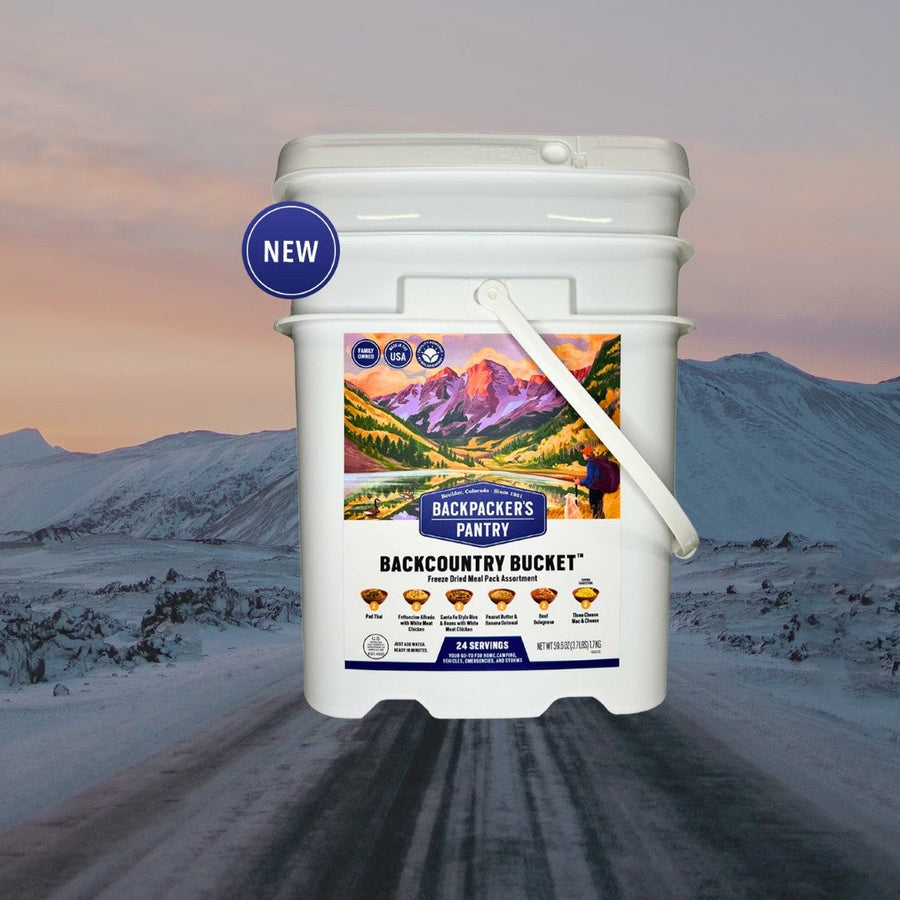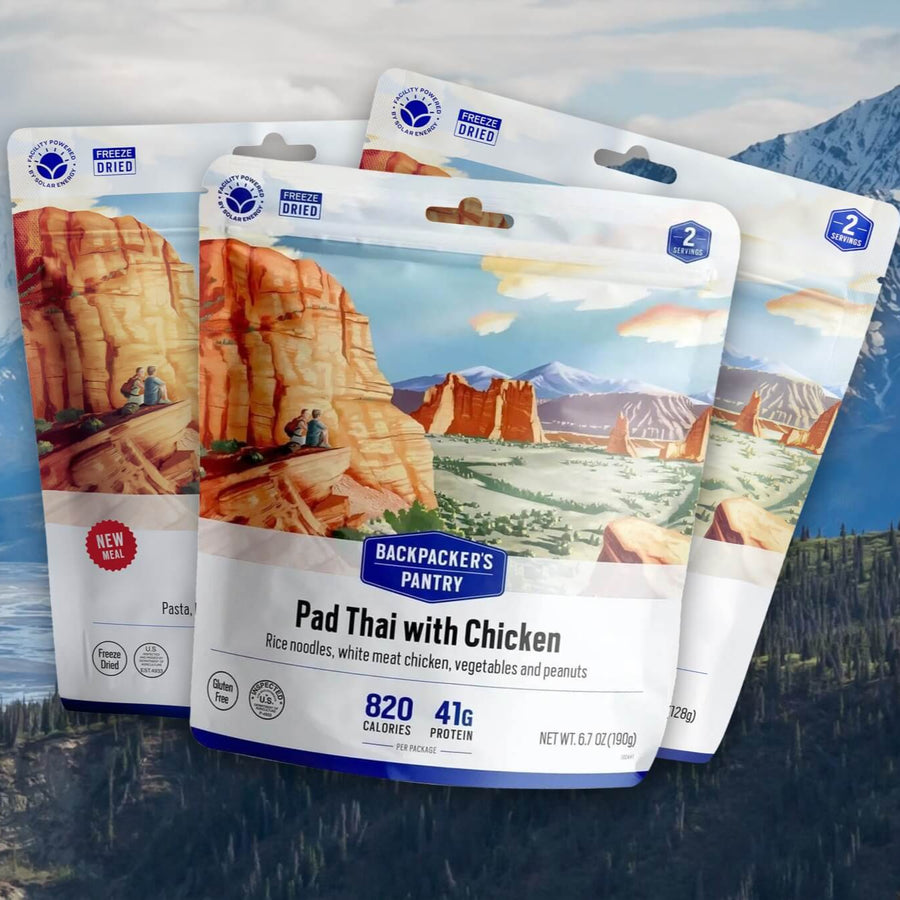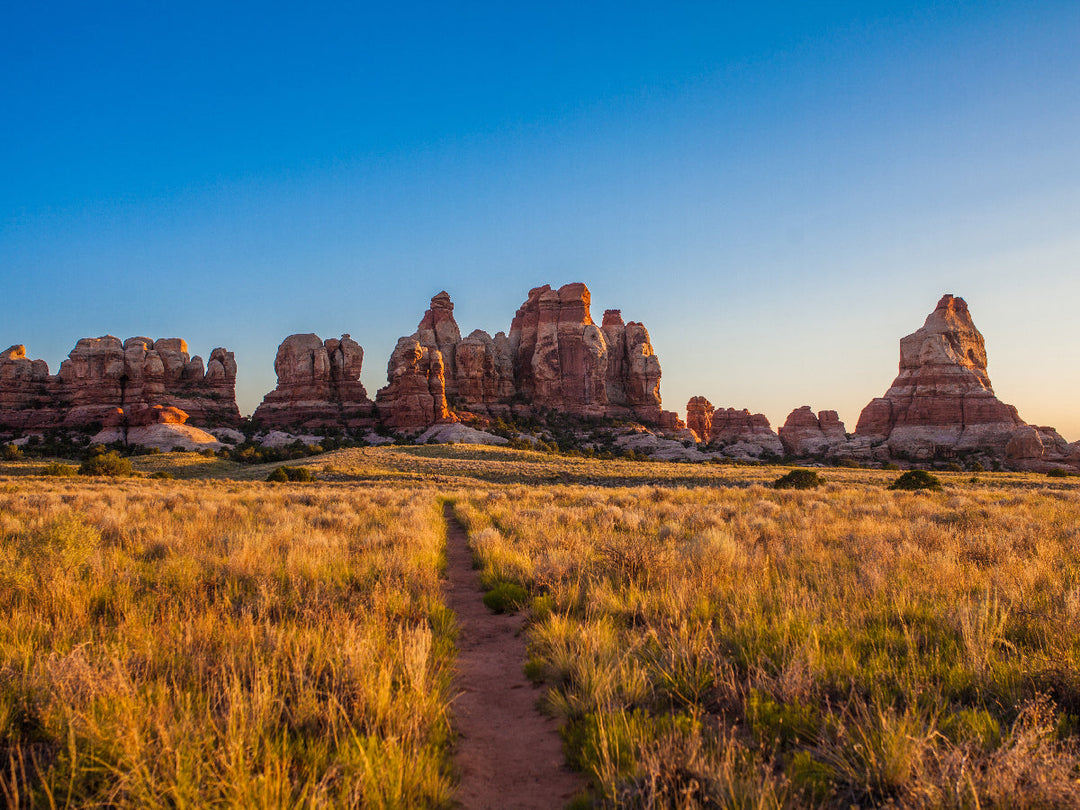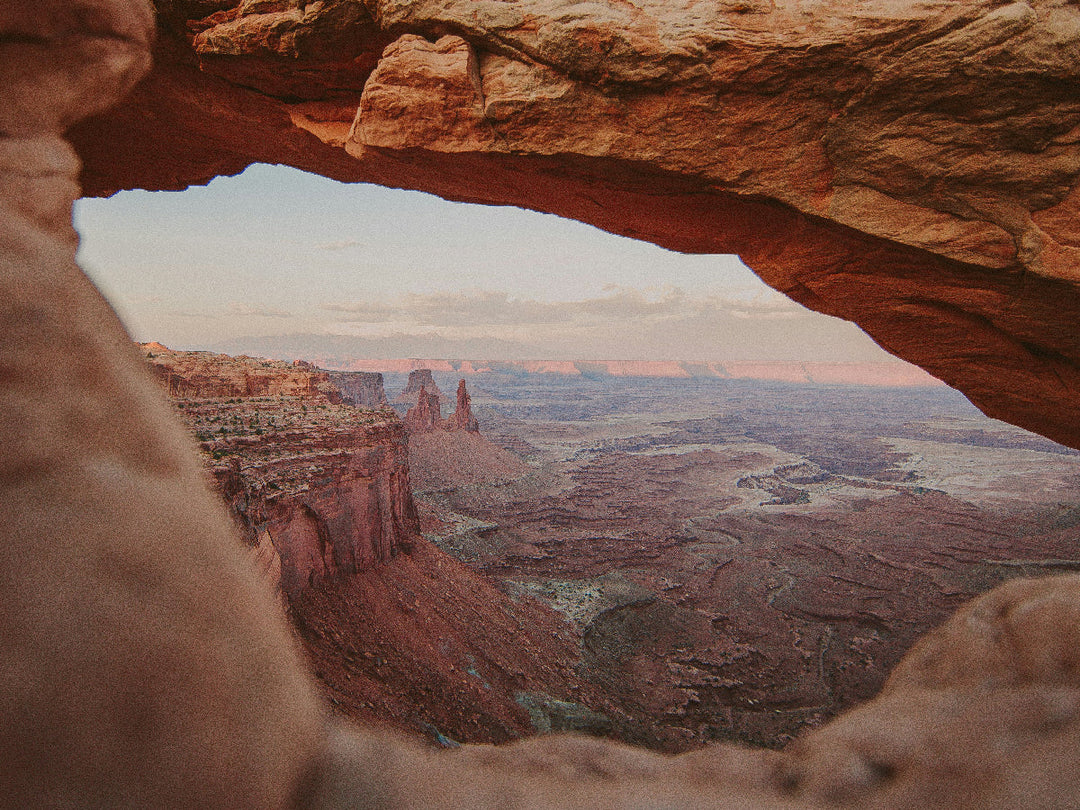Three Things to Think About Before Buying Ski Goggles

How to choose the right skiing and snowboarding goggles
The ski/snowboard season is upon us, and if you’re getting ready to hit the slopes, don’t forget that having the right pair of goggles is essential. Here are three things to think about if you’re debating about getting a new pair of goggles.
Goggles are better than sunglasses for winter sports
Even though sunglasses offer protection for your eyes, snow sports have a variety of other factors to consider if you think you don’t need goggles. For one thing, goggles cover a larger amount of your face, which protects snow and wind from getting into your eyes. It’ll also help keep you warm on the slopes. Perhaps the biggest asset of goggles, though, is their size. Having a larger frame means you have a wider range of vision through the bigger lenses. Additionally, sunglasses aren’t necessarily made to go with your helmet, and could cause discomfort once you put your helmet on.
Goggles and helmets go together
Unlike sunglasses, goggles are made to be compatible with your helmet. Finding the right goggles for the right helmet isn’t difficult. Most helmets come with a clip on the back so you can strap your goggles right on. Since goggles, by default, are meant to be compatible with your helmet, it’s a good idea to choose your helmet first, and then try goggles on with your helmet before you purchase the goggles. One thing to remember is that children’s goggles aren’t always adjustable, so make sure to check how their goggles fit with their helmet before you purchase any.
Another thing to note is that if you wear prescription glasses and don’t like to transition to contacts for sports, then there are goggles available that will accommodate your glasses without adding pressure on your face and/or ears. Just double-check by trying them on before you decide on a pair to buy.
Goggles have different lenses for a reason
Goggles come in a variety of colors because different lenses offer protection for different weather conditions. If it’s a bright, sunny day, then red, silver, copper, and dark gray lenses will offer reduced glare. If it’s a very snowy day or if you’re going night skiing, then you need your goggles to filter more light through your lenses. Light pink and light yellow tend to be popular choices for this very reason--and some goggles even have clear lenses for more avid skiers and snowboarders who want to do some night runs.
There’s a lot of debate about polarized lenses vs. standard lenses. Though polarized lenses are more expensive, generally they’re a more popular option because they can block more snow glare than standard lenses.
Goggles are definitely a must when you’re skiing or snowboarding, but think about the type of lenses you need before you make a decision on a purchase. It just might make for a better experience!





